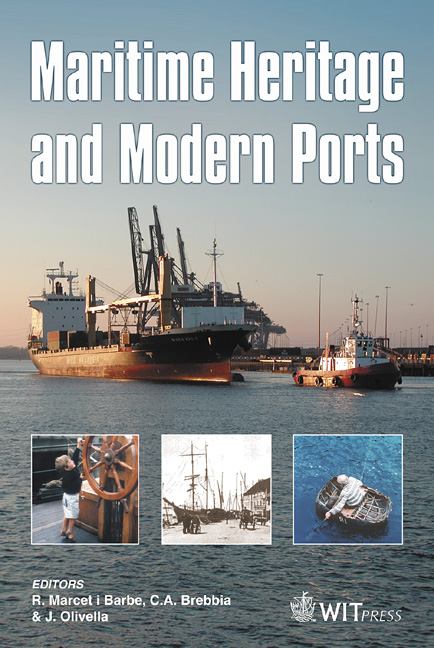Coming Into The Light: The Rediscovery And Reuse Of Naval Heritage Buildings
Price
Free (open access)
Transaction
Volume
79
Pages
12
Published
2005
Size
279 kb
Paper DOI
10.2495/MH050041
Copyright
WIT Press
Author(s)
C. Clark
Abstract
The magnificent heritage of navies built by the finest architects, expressive of national pride, has not in some countries been perceived as part of the canon of historic buildings, while in others naval buildings are cherished as key settings of national history. This paper will examine why these differences occur, and how they influence the revaluing of naval heritage, once its maritime existence is over. What makes historic defence sites a special case in brown land redevelopment is their diversity of architecture and engineering. ‘The beauty of utility’ which historic military and naval buildings exemplify is at once expressive of state power and taste, and a particular challenge to appropriate reuse in physical and economic terms. Building conservation law and practice may inhibit or enable the development of new activities within them. In the best examples of beneficial reuse, naval buildings’ inherent robustness is respected and even celebrated, not obliterating their long history, but adding new layers of meaning and association. Illustrations of the paper’s themes will include the recent conversion of the Royal Hospital at Greenwich for universities, new uses for naval buildings around Portsmouth Harbour, the Arsenale buildings in Venice, Swedish naval buildings in Karlskrona and at the Royal Woolwich Arsenal on the River Thames in London. 1 The historic naval architectural legacy Specialised structures have accumulated on naval dockyard sites over long periods of time. They form a unique legacy of fine architecture and engineering, as tangible and vivid survivors of long naval supremacies - in the galley, sailing,
Keywords





